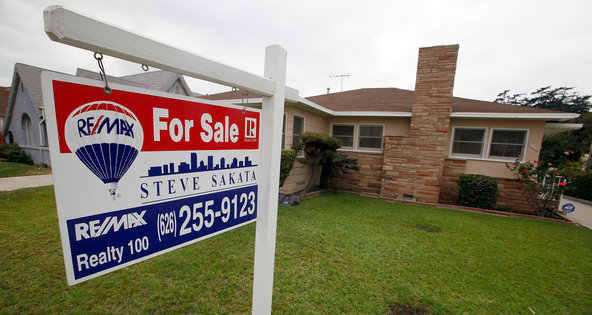Across the street, Carl Osborne and his family have been tenants for two years, moving in after the previous owner lost the house in a foreclosure. They are happy to have a decent place to call home but, like many renters, they have not done much to improve the appearance or join the community.
They are not alone: the family behind Ms. Holcomb, the one two doors down, and several in the cul-de-sac across the way are among the renters who have been supplanting homeowners in this blue-collar, suburban neighborhood as investors buy single-family homes and convert them to rentals.
“Used to, we knew our neighbors,” Ms. Holcomb said. Then she gestured toward the few remaining owner-occupied houses nearby. “Except for the two that have been here, I don’t know any of my neighbors.”
Across the country, a growing number of single-family rentals provide an option for many who lost their homes in the housing crash through foreclosure and for those who cannot obtain a mortgage under today’s tougher credit conditions. But the decline in homeownership is also changing many neighborhoods in profound ways, including reduced home values, lower voter turnout and political influence, less social stability and higher crime.
“When there are fewer homeowners, there is less ‘self-help,’ like park and neighborhood cleanup, neighborhood watch,” said William M. Rohe, a professor at the University of North Carolina at Chapel Hill who has just completed a review of current research on homeownership’s effects.
Even conscientious landlords and tenants invest less in their property than owner-occupants, he said. “Who’s going to paint the outside of a rental house? You’d almost have to be crazy.”
Despite signs of a recovery in the housing market, the country’s homeownership rate is still on the decline. In Memphis, it has fallen from roughly 65 percent of families in 2005 to about 55 percent now, according to the Census Bureau.
In hundreds of neighborhoods that once attracted first-time home buyers, investors have stepped in, buying up tens of thousands of homes for the rental market.
That has helped put paying tenants in a number of homes that were vacant or becoming eyesores. And many of the new tenants say they are eager to buy a home at the first opportunity and share the same concerns as homeowners about maintaining a safe and healthy neighborhood for their families and children.
But it has also raised the ire of some homeowners whose tidy subdivisions have changed, seemingly overnight, into a parade of strangers.
Hillshire was built in the late 1970s, its single-story, three-bedroom homes designed with no particular architectural pedigree, but not ticky-tacky identical. As a young mother of two, Ms. Holcomb, a medical practice administrator, chose the neighborhood because of its school district, paying $73,000 for her home in 1996.
The homeowners interviewed for this article tended to have steady middle-class incomes; several were retired military and police officers. Among the renters, who pay about $900 to $1,000 a month, were several construction and restaurant workers, with lower, less reliable earnings.
On a recent evening, parents pushed strollers and lawn mowers droned, children played on a tire swing and in one driveway, a longtime resident and his grandson tinkered with the fat tire of a slick red drag racer.
But there was a seedy underside. Jimmy Fumich, a homeowner and air-conditioner repairman, said he had been in court that day as a witness in an animal cruelty case against a neighbor, a renter, who had left a dog chained to a stop sign in the heat. She was already in trouble, he said, for breaking into an empty house on the block.
Mr. Fumich, who is Ms. Holcomb’s brother, mentioned a couple of meth houses and one that had been used as a brothel. All were rentals. Police department records show that major crime in the area, which does not include drug offenses, has actually gone down since spiking in 2010.
Still, Lea Ann Braswell, the captain of the neighborhood watch, recounted a recent episode in which a teenage girl, whose throat police said was cut by a young man carrying a sword, sought refuge on Ms. Braswell’s doorstep.
“We used to have hardly anything happen,” she said.
Asked how many renters were active with the neighborhood watch, Mr. Fumich said, “Zero.”
What is watchful to some, however, can feel intrusive to others. In the Osbornes’ home, one resident who keeps a close eye on things is referred to as “Nosy Neighbor.”

Article source: http://www.nytimes.com/2013/08/29/business/economy/as-renters-move-in-and-neighborhoods-change-homeowners-grumble.html?partner=rss&emc=rss
